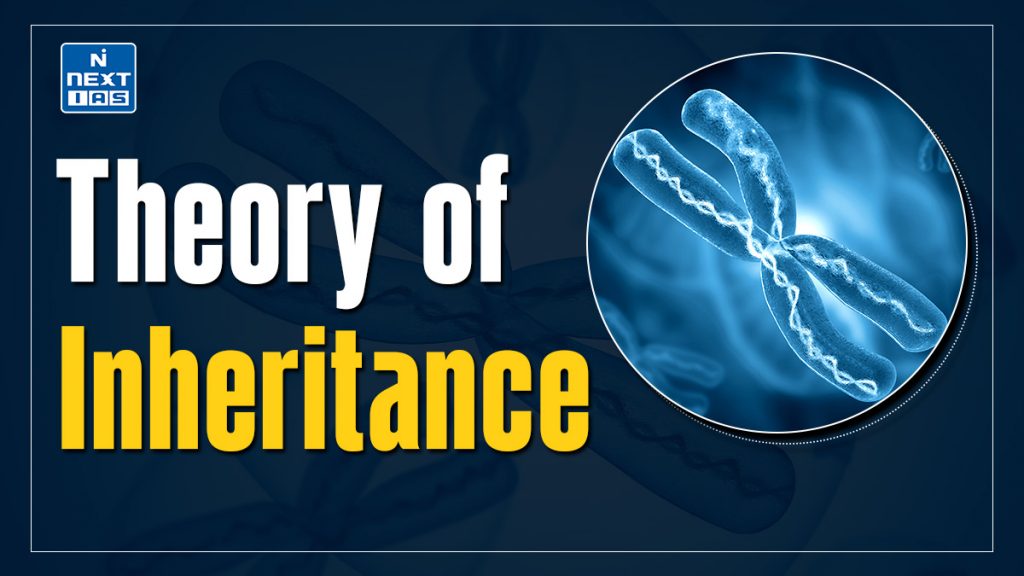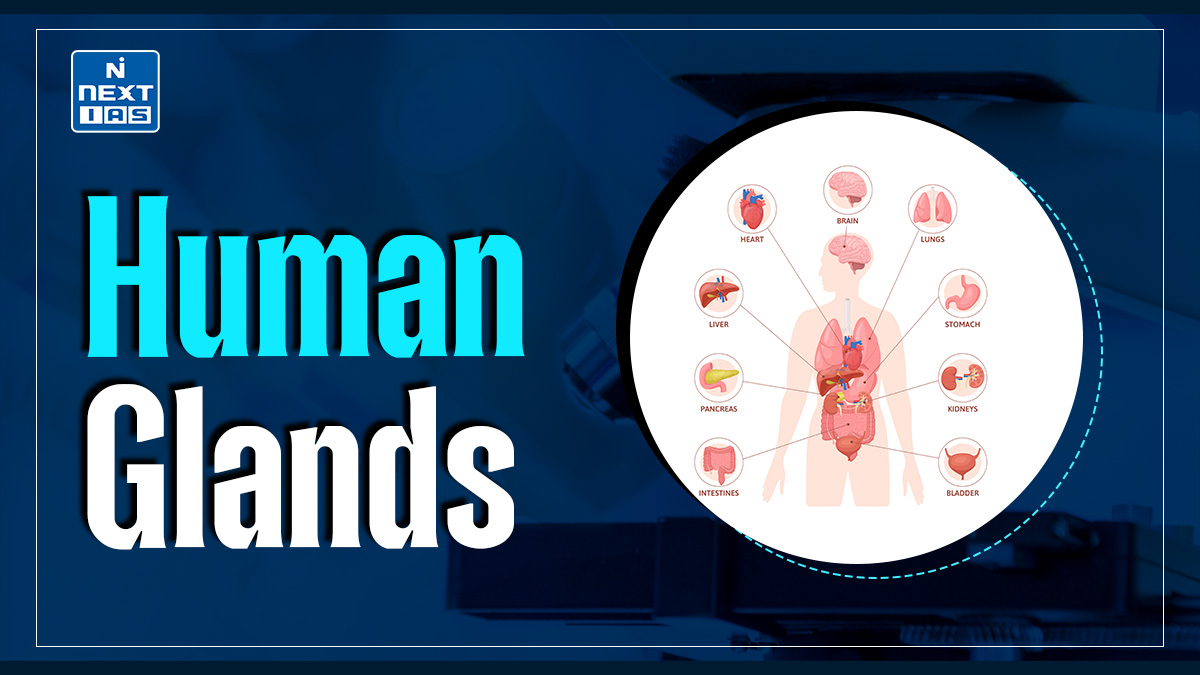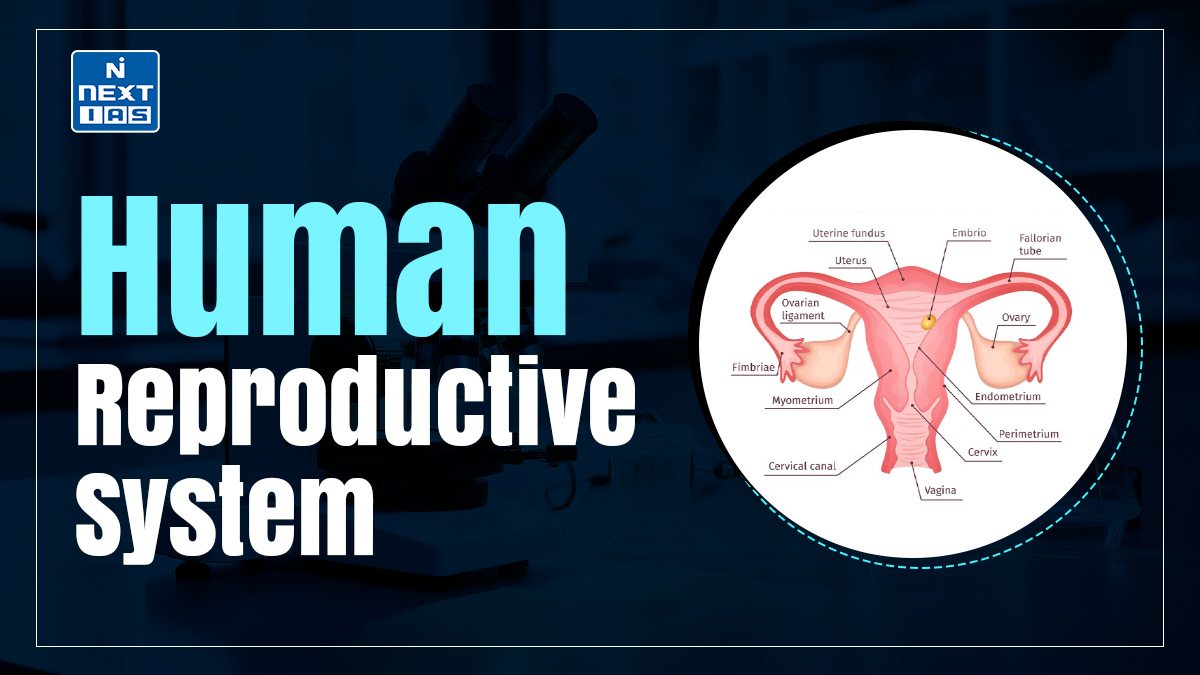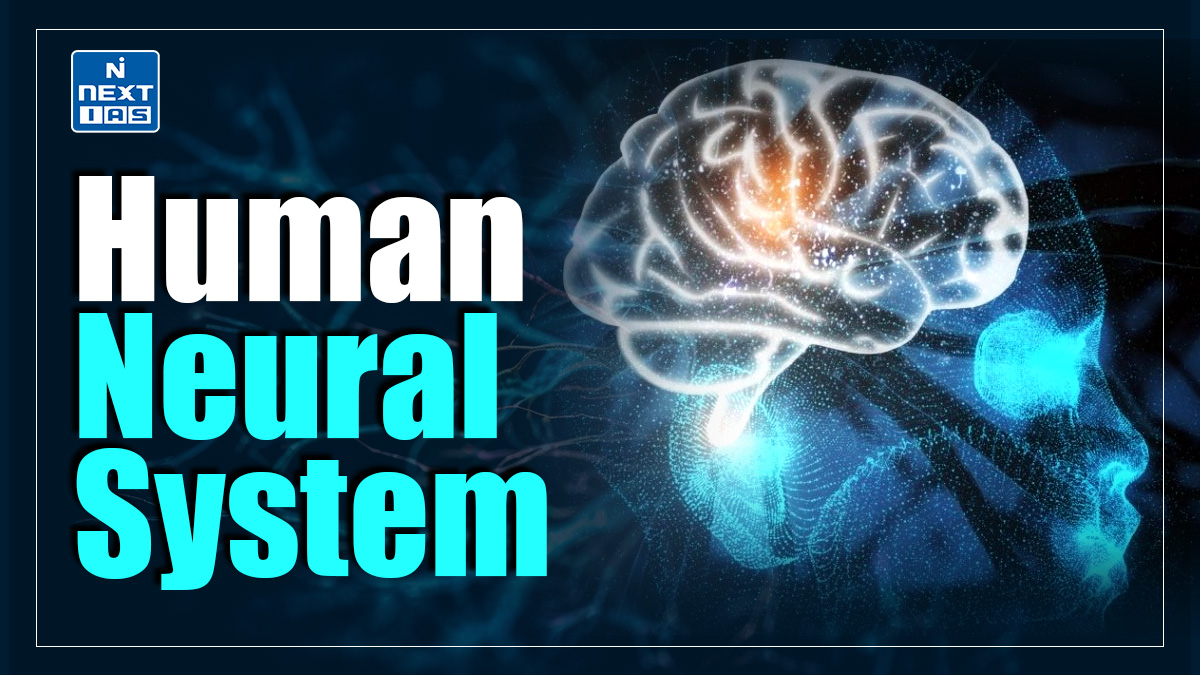
The Theory of Inheritance explains how genetic traits are passed from parents to offspring through hereditary material, primarily DNA. First proposed by Gregor Mendel, it describes patterns of inheritance, such as dominant and recessive traits, and forms the foundation of modern genetics, influencing biology, medicine, and evolutionary studies.
About The Theory of Inheritance
- The Theory of Inheritance outlines how genetic traits are transmitted from one generation to the next through hereditary material.
- Initially conceptualized by Gregor Mendel in the 19th century, it is based on his experiments with pea plants. Mendel’s work identified fundamental principles of inheritance, such as the segregation of alleles and independent assortment, which explain the predictable patterns of trait transmission.
- Genes, the basic units of heredity, are located on chromosomes and exist in alternate forms called alleles. These alleles determine specific traits, with some being dominant and others recessive.
- Modern genetics has expanded this understanding by integrating discoveries like DNA structure, gene expression, and mutation.
- The theory is crucial for understanding biological diversity, evolutionary processes, and genetic disorders.
- It has applications in agriculture, medicine, and biotechnology, making it a cornerstone of modern biology and a vital tool for addressing real-world challenges.
Features of the Theory of Inheritance
- Genes as Units of Heredity: Traits are governed by discrete units called genes, located on chromosomes.
- Alleles and Variation: Genes exist in alternate forms, called alleles, which account for variations in traits.
- Law of Segregation: During gamete formation, alleles for a trait separate so each gamete carries only one allele.
- Law of Independent Assortment: Genes for different traits segregate independently, allowing unique combinations of traits.
- Dominance and Recessiveness: Some alleles are dominant, expressing their trait, while recessive alleles remain unexpressed unless paired with another recessive allele.
- Predictable Patterns: Inheritance follows specific ratios and patterns, such as Mendel’s 3:1 and 9:3:3:1 ratios.
- Chromosomal Basis: Genes are located on chromosomes, which segregate during meiosis to facilitate inheritance.
- Mutations: Changes in gene structure or sequence can result in new traits or genetic disorders.
- Linkage and Crossing Over: Linked genes may be inherited together, though crossing over during meiosis introduces genetic diversity.
- Molecular Basis: Modern genetics identifies DNA as the hereditary material encoding instructions for trait development.
Benefits of the Theory of Inheritance
- Understanding Heredity: Explains how traits are passed from parents to offspring, providing a foundation for studying genetics.
- Advancements in Medicine: Aids in identifying genetic disorders, understanding their causes, and developing treatments through gene therapy and personalized medicine.
- Agricultural Improvements: Enables the development of high-yield, disease-resistant crops and improved livestock breeds through selective breeding and genetic engineering.
- Evolutionary Insights: Clarifies mechanisms of variation and natural selection, enhancing our understanding of evolution and species diversity.
- Disease Prediction and Prevention: Allows early detection of inherited diseases and the possibility of preventive measures through genetic testing and counseling.
- Biotechnology Applications: Supports advances in fields like cloning, CRISPR gene editing, and synthetic biology.
- Biodiversity Conservation: Helps in preserving genetic diversity and guiding conservation efforts for endangered species.
- Forensic Science: Provides tools like DNA fingerprinting for solving crimes and identifying individuals.
- Human Development Understanding: Explains genetic contributions to physical, mental, and behavioral traits.
- Economic Benefits: Drives innovation in biotechnology, pharmaceuticals, and agriculture, contributing to global economies.
Disadvantages of The Theory of Inheritance
- Ethical Concerns: Advances in genetic knowledge raise ethical issues, such as gene editing, cloning, and designer babies.
- Genetic Discrimination: Misuse of genetic information may lead to discrimination in employment, insurance, or social settings.
- Simplistic View: Early models of inheritance, like Mendel’s, do not account for complex traits influenced by multiple genes or environmental factors.
- Risk of Misinterpretation: Limited understanding of genetics can lead to oversimplifications, like associating entire traits or behaviors with single genes.
- High Costs: Genetic research, testing, and treatments are often expensive, limiting accessibility for many individuals.
- Potential for Misuse: Genetic knowledge can be misused for eugenics or unethical practices, such as attempting to eliminate undesirable traits.
- Incomplete Understanding: Not all hereditary mechanisms are fully understood, such as epigenetics and gene-environment interactions, which complicate predictions.
- Psychological Impact: Genetic testing can cause anxiety or emotional distress, especially when detecting predispositions to incurable diseases.
- Environmental Neglect: Overemphasis on genetics may overshadow the role of environmental factors in trait development and health.
- Unintended Consequences: Manipulating genetic material, such as through gene editing, may have unforeseen effects on individuals or ecosystems.
Further Reading: Mendel’s Laws of Inheritance
Resent Research in the Theory of Inheritance
Recent research in the Theory of Inheritance has led to significant advancements across various fields:
- Autism and Genetic Links: A study identified a “direct link” between the DDX53 gene and autism, enhancing diagnostic precision and understanding of the condition’s biological mechanisms.
- Gene Therapy Approvals: The FDA approved several gene therapies, including treatments for Duchenne muscular dystrophy and sickle cell disease, marking progress in addressing genetic disorders.
- Advancements in Genomic Medicine: The integration of genomics into healthcare has enabled personalized treatments, early disease prevention, and precise diagnoses, transforming medical practices.
- Cancer Vaccines: Development of mRNA-based cancer vaccines has shown promise in halting tumor growth and preventing new disease, representing a significant step forward in cancer treatment.
- Agricultural Genetics: Genetic technologies are being employed to develop healthier and more productive potato varieties, focusing on improved starch, protein content, and shelf life.
Way Forward
The way forward for the Theory of Inheritance involves integrating classical genetics with molecular biology, exploring epigenetics to understand environmental influence on gene expression, and utilizing advanced genomic tools like CRISPR for precision studies. Cross-disciplinary collaboration and ethical considerations in genetic research are key to addressing emerging challenges in inheritance studies.
Conclusion
The Theory of Inheritance explains how genetic traits are passed from parents to offspring through genes. It highlights mechanisms like Mendelian laws, chromosomal behavior, and genetic variations. This theory forms the foundation of genetics, aiding our understanding of evolution, heredity, and the biological diversity crucial for advancements in medicine and agriculture.
GS - 3





